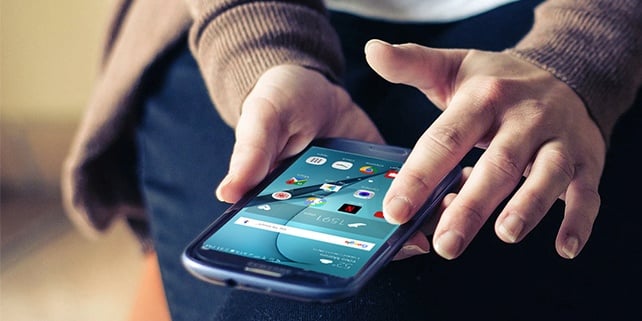It was the first design patent case heard by the Supreme Court of the United States in more than 100 years and the trial of the century for anyone with a stake in the technology industry. A unanimous decision in favor of Samsung was heralded by the company as a victory for all those who promote creativity, innovation and fair competition.
The $399M Judgment
In 2012, a jury in a federal court action found Samsung violated design patent law by copying certain elements of Apple's iPhone for its own smartphones. Design patent law covers the look of a product; its functions are regulated by utility patent law. Specifically, Samsung was ordered to pay for violating design patents on the black rectangle rim, bezel on surrounding rim and the grid of 16 icons.
The federal court ordered Samsung to pay "total profits" from the sale of the phones to Apple, relying on the wording of patent law that someone copying any "article of manufacture" is "liable to the owner for the extent of his total profit." This amounted to a penalty of $399 million for the three patents in question.
Samsung argued to the Supreme Court that damages should only be granted for the components, not for profits on the entire phone, since the federal ruling focused on those three patents and the other parts of the phone weren't in dispute. Apple didn't oppose interpreting "article of manufacture" as applying to components but said it wasn't appropriate for this particular case. Apple's position is that strong design patent protection fosters creativity and innovation.
Industry associations, tech companies (including Facebook and Google), a group of non-profit foundations (including Public Knowledge) and intellectual property experts supported Samsung, filing their own briefs as friends of the court. They took the position that the award granted to Apple invited litigation abuse and could potentially stifle innovation in new and emerging technologies.
Two Meanings of an “Article of Manufacture”
In its opinion, written by Justice Sonia Sotomayor and delivered on December 6, the Supreme Court said the only question resolved "is whether, in the case of a multicomponent product, the relevant 'article of manufacture' must always be the end product sold to the consumer or whether it can also be a component of that product".
The court ruled in favor of Samsung's position that "article of manufacture" could mean both the end product itself or a component of that product. It didn't rule on how damages for a component should be assessed, but sent the case back to the lower courts to revisit the amount that Samsung should pay for violating the three design patents.
What’s Next?
Observers generally agree that the amount the lower court calculates will probably be much less than the original order, though Apple has expressed confidence that the lower courts will "again send a powerful signal that stealing isn't right."
The decision is lauded by tech professionals, who view it as a rational response to patent law in relation to modern technology, where a single device can encompass thousands of patents. It provides some certainty when developing new products for market that your company won't be crippled by overlooking an obscure patent.
But it's generally accepted that it will be a while yet before patent law is brought in line with the realities of 21st century technology from its 18th century roots of protecting the makers of straightforward objects, such as carpets and spoons. In other words, keep your patent attorney on retainer.
Paul Berghoff, a lawyer specializing in intellectual property, shared his own sober take on the drawn-out battle between Apple and Samsung with thehill.com: "This was a case that started on emotion or emotion was a big part it [sic]...that emotion gets very difficult to diffuse enough to allow…a rational way to settle things."
Samsung’s Impact on You
Although the Court has provided a dual interpretation of an “article of manufacturer,” in customary fashion a number of questions are left up in the air. For one, it is not clear what the standard is for determining when the design patent encompasses the entire product or just one of multiple components. The Court also left open how damages are supposed to be calculated in those instances when the article of manufacture does not encompass the entire end product. It is possible that some of these questions may be addressed on remand.
Until then, it appears that there is at least an argument to be made to limit the recovery of damages in the event that a design patent is successfully enforced. For those with an extensive design patent portfolio not all is lost, for now. Instead, it may be time to accept the reality that the recovery of damages aligns with the limited scope of a design patent’s protection. If, however, the reversal leads to dramatic reduction of damages, there is the risk of delegitimizing design patents as a deterrent.



